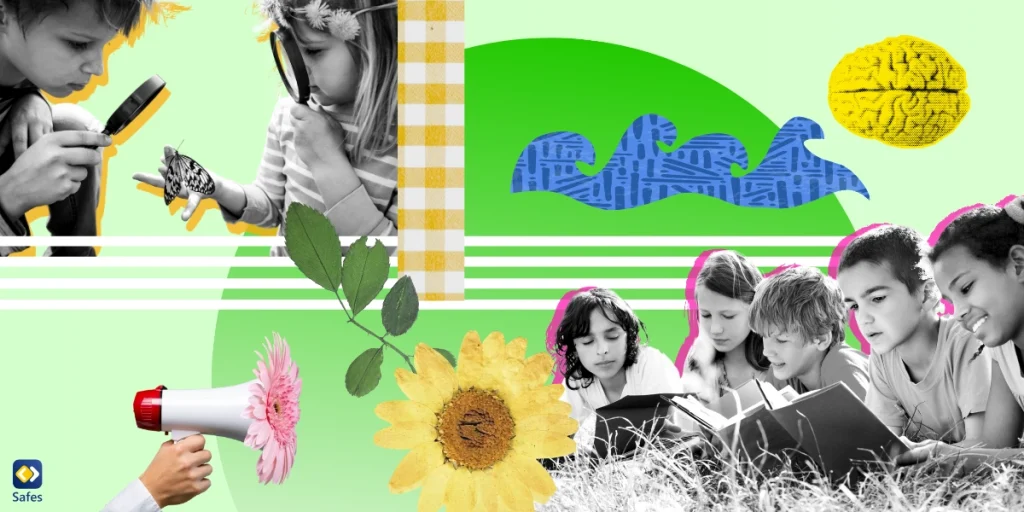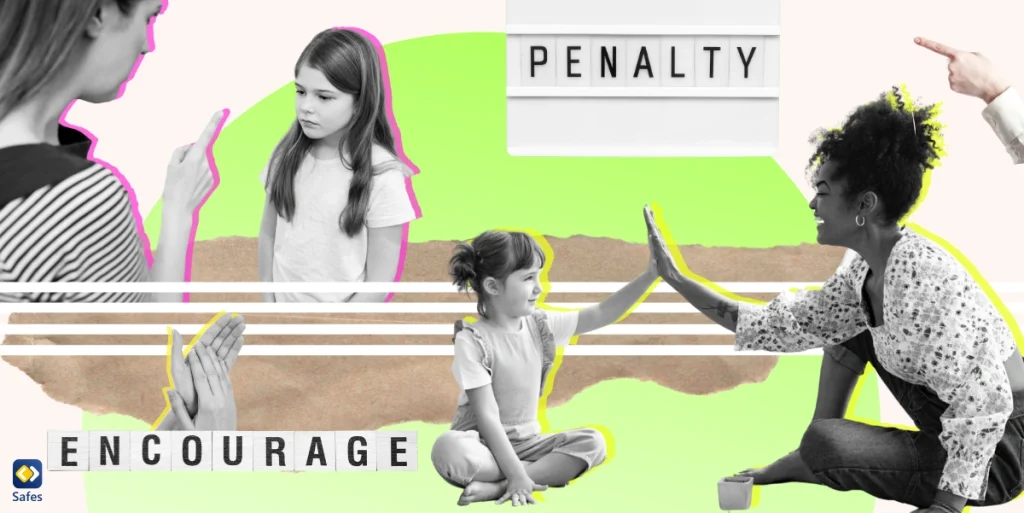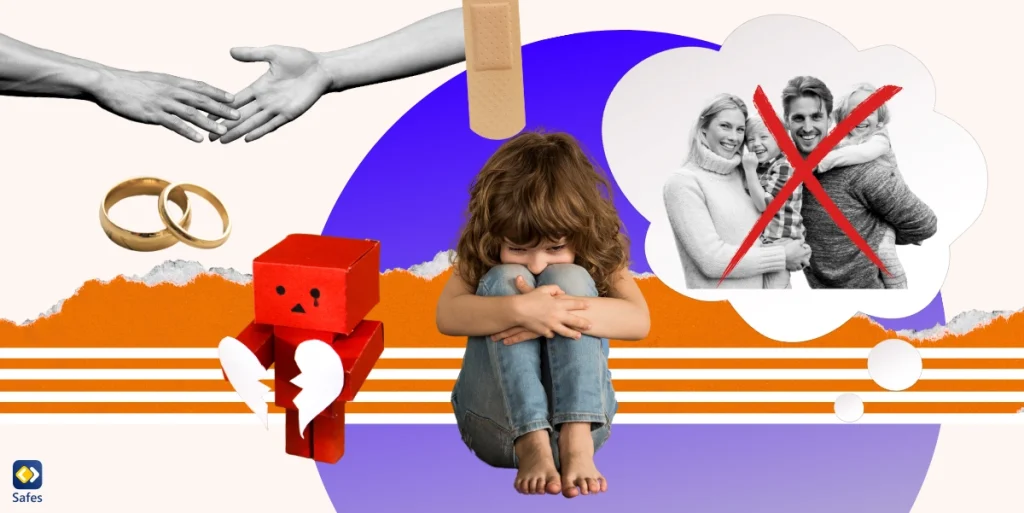In today’s world with countless constant stimulation, maintaining focus can be a real challenge for many of us, especially kids. There’s a fascinating theory called Attention Restoration Theory (ART) that offers natural environments as tools to improve our ability to stay focused. Based on this theory, spending time in nature has a noticeable restoration effect on our ability to concentrate and feel refreshed. Therefore, outdoor activities and spending time in nature are recommended to improve our mental health and lessen ADHD symptoms.
This blog will cover everything you need to know about attention restoration theory. It will also recommend some helpful ways to help your children with concentration problems. So first, let’s learn what exactly this theory is about.
What Is Attention Restoration Theory?
Based on attention restoration theory, developed by Rachel and Stephen Kaplan in the 1980s, spending time in nature is the cure for exhausted and distracted minds. Our brains can get easily tired from focusing too much on various stimuli, such as digital devices’ screens. As a solution, it offers to spend more time in nature and to pay attention to natural environments. The reason is they don’t require much mental effort and can help refresh our attention. So, ART recommends taking breaks in natural environments to help us concentrate better and feel more relaxed.
Restoration psychology also discusses how various environments, including natural settings, can positively impact mental well-being and function. Similarly, the Stress Reduction Theory suggested by R. Ulrich focuses on how being in natural environments helps to alleviate stress and promote relaxation.
What Are the 4 Elements of Attention Restoration Theory?
This theory includes 4 elements, suggesting the aspects of how nature can lead to empowered mental abilities.
- Fascination: It refers to the environment’s ability to capture our attention effortlessly. Natural settings often offer appealing stimuli that draw our focus without requiring mental effort. They can also lead to soft fascination experiences, rather than hard ones.
- Soft fascination is when we are passively engaged with aspects of nature, such as watching the movement of leaves or listening to the sound of flowing water. This type of engagement helps to restore our attention and reduce stress.
- Hard fascination comes from the constant stimulation that wears out our attention over time, leading to mental fatigue.
- Being Away: A physical or psychological detachment from everyday stressors can be a great help to relax your mind. Natural environments provide a break from the constant stimulation and demands of modern life.
- Extent: Natural settings typically offer a sense of vastness, which can promote relaxation and a sense of freedom.
- Compatibility: Natural environments have everything we need to be fascinated and healthy. They provide opportunities for activities that resonate with us, such as walking, hiking, or simply enjoying the scenery.
How to Use This Theory to Help Our Kids with Concentration Problems?
Here are some attention restoration theory examples and strategies to help your children’s concentration abilities.
- Encourage regular breaks in natural environments such as parks, gardens, or nature trails. These breaks can provide opportunities for relaxation and mental refreshment.
- Incorporate outdoor activities into your child’s daily routine, such as nature walks, gardening, or outdoor play.
- Bring elements of nature into their indoor spaces, such as potted plants, natural light, or nature-themed decor.
- Reduce exposure to screens and digital devices, as excessive screen time can contribute to attention difficulties.
- Improve mindfulness in children, as it promotes present-moment awareness and relaxation.
- Allow kids the freedom to explore and discover natural environments at their own pace.
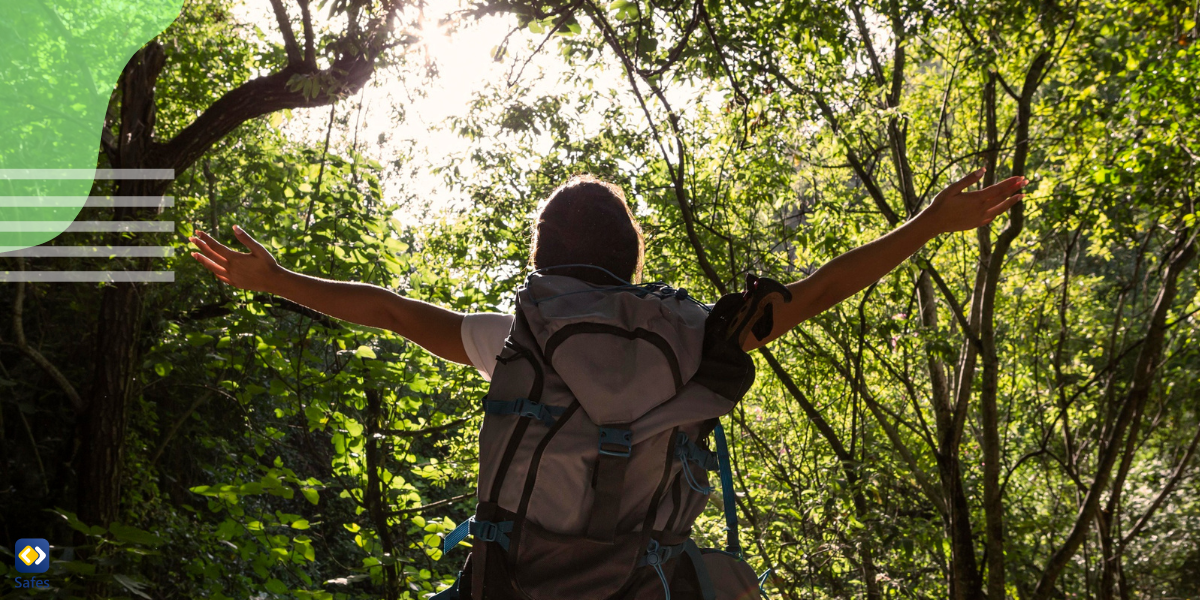
How Does Nature Affect Our Concentration Ability?
According to the article Exploring the Mental Health Benefits of Natural Environments by David G. Pearson and Tony Craig, photographs can provide excellent aesthetic images. However, the beauty of a picture is different from the actual qualities of the environment it shows. Even when focusing on aesthetics, just adding some movement to pictures can change their beauty. If a little bit of movement affects people’s interests, then it’s reasonable to think that more interaction with the environment plays a big role in refreshing our minds.
So, do we always need to physically interact with nature to get its benefits, or is just looking at pictures enough? Feeling fully involved in the environment is important for our mental well-being, and virtual environments might help us understand this better. Despite the more realistic technologies, research shows that pictures cannot simulate all the senses. Therefore, the study insists on building a relationship with nature on a deeper level.
What Does ART Recommend for ADHD?
The Attention Restoration Theory suggests that spending time in natural environments can help improve attention and reduce symptoms of ADHD (Attention Deficit Hyperactivity Disorder). However, if someone in your family is struggling with this disorder, sending them out to nature may not necessarily be helpful. Those with severe symptoms of ADHD need pharmaceutical ways to reduce the effects and maintain their attention.
There’s a correlation between screen time and ADHD, meaning that the more you spend time on your phone, the more severe the attention deficit symptoms get. There are plenty of tools like an ADHD planner app that you can use to cure yourself. However, nothing beats nature when it comes to treatment and providing a remedy. If your child or other members of your family have slighter ADHD symptoms and struggle with maintaining focus and regulating attention, exposure to nature can help. Take them out to parks or forests and let them spend a long time there, exploring the plants, insects, sounds, and other natural elements.
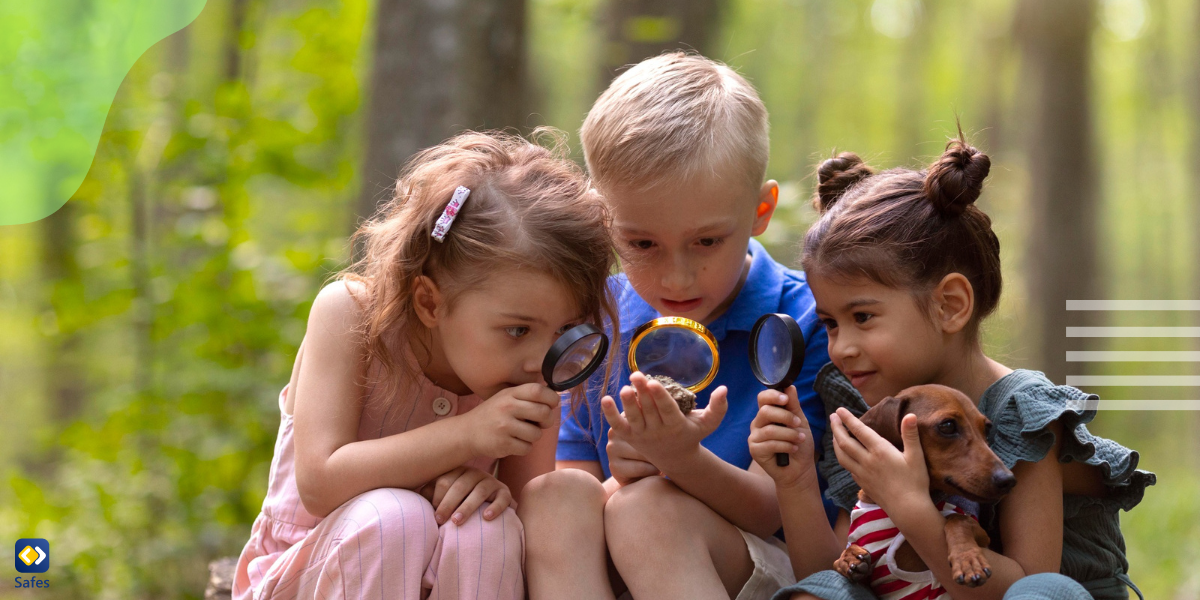
Final Word
Attention Restoration Theory is all about enhancing our concentration and mental well-being by reconnecting with nature and minimizing distractions. Getting into contact with nature doesn’t need lots of effort, planning, or even money. You can get help from natural settings to improve your concentration abilities by going to the nearest park to your place. Outdoor activities are not only good for your body’s well-being but also lead to a healthier mind. This is especially important for children as they are growing at a faster pace and can practice developing healthier attention habits.
Ready to use these strategies and empower your child to stay focused? Consider using “Safes”, our parental control app. This app is designed to help you manage screen time, limit distractions, and create a safe digital environment for your family. With Safes, you can take control of your child’s device usage while promoting a balanced lifestyle that prioritizes both focus and relaxation.
Download Safes today for Android and iOS and learn how to use iPhone parental controls or the related built-in settings on other devices. So, why not use our free trial now and take the first step toward better attention and well-being for your family?
